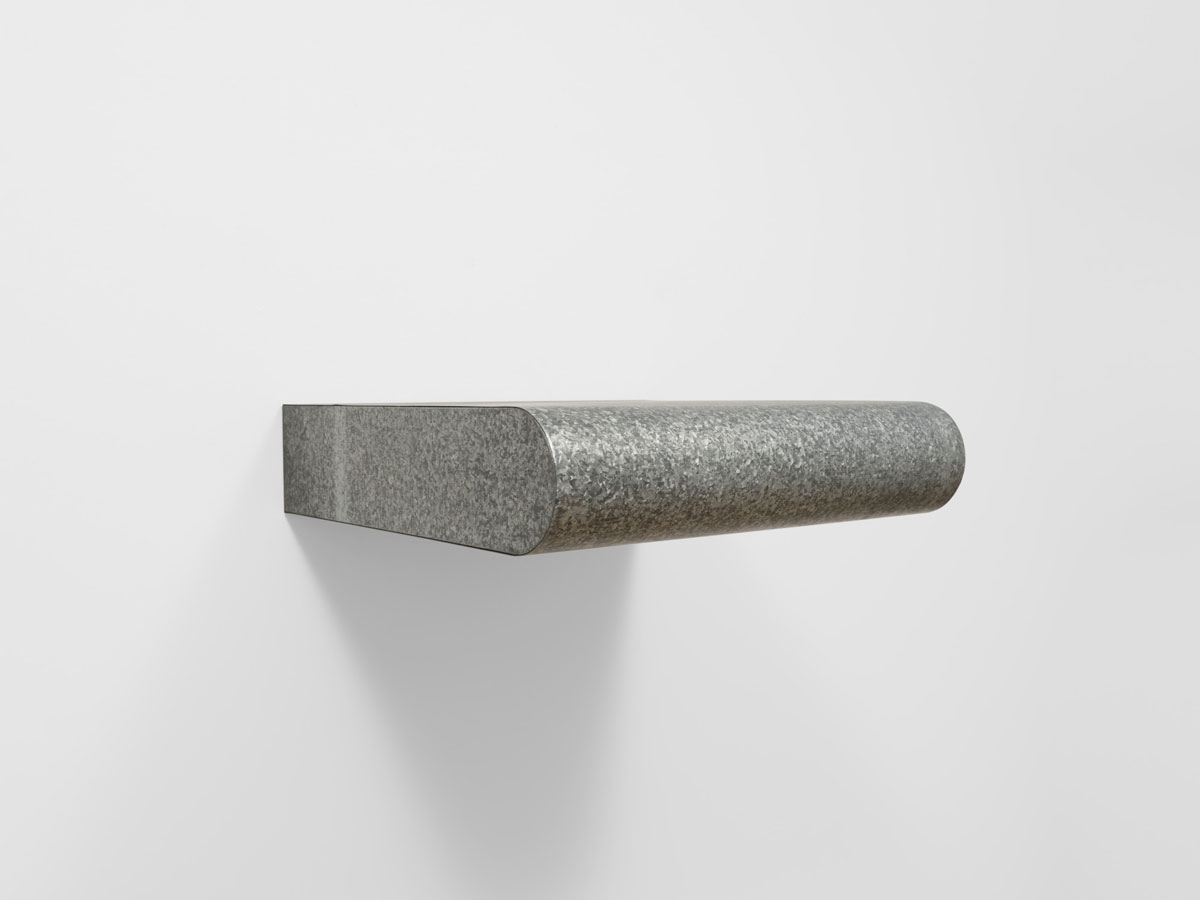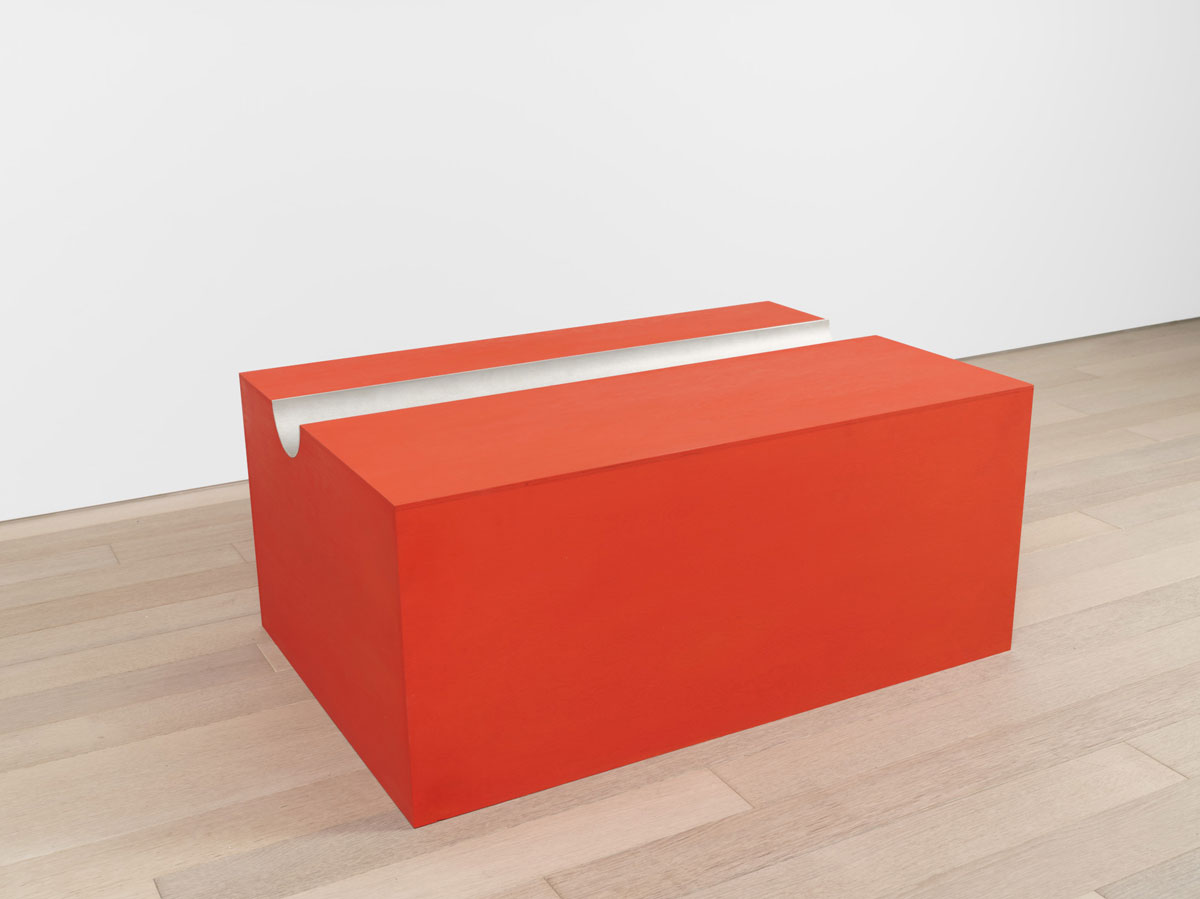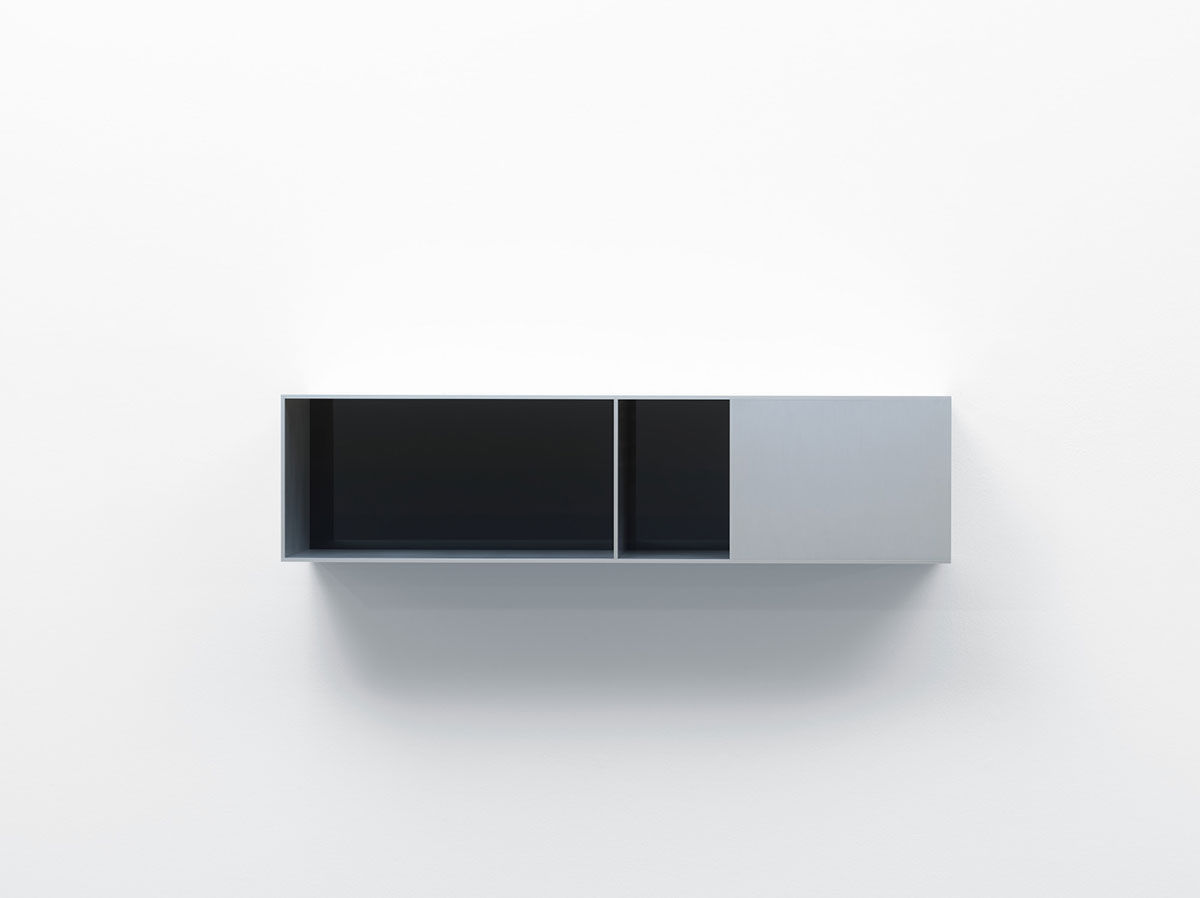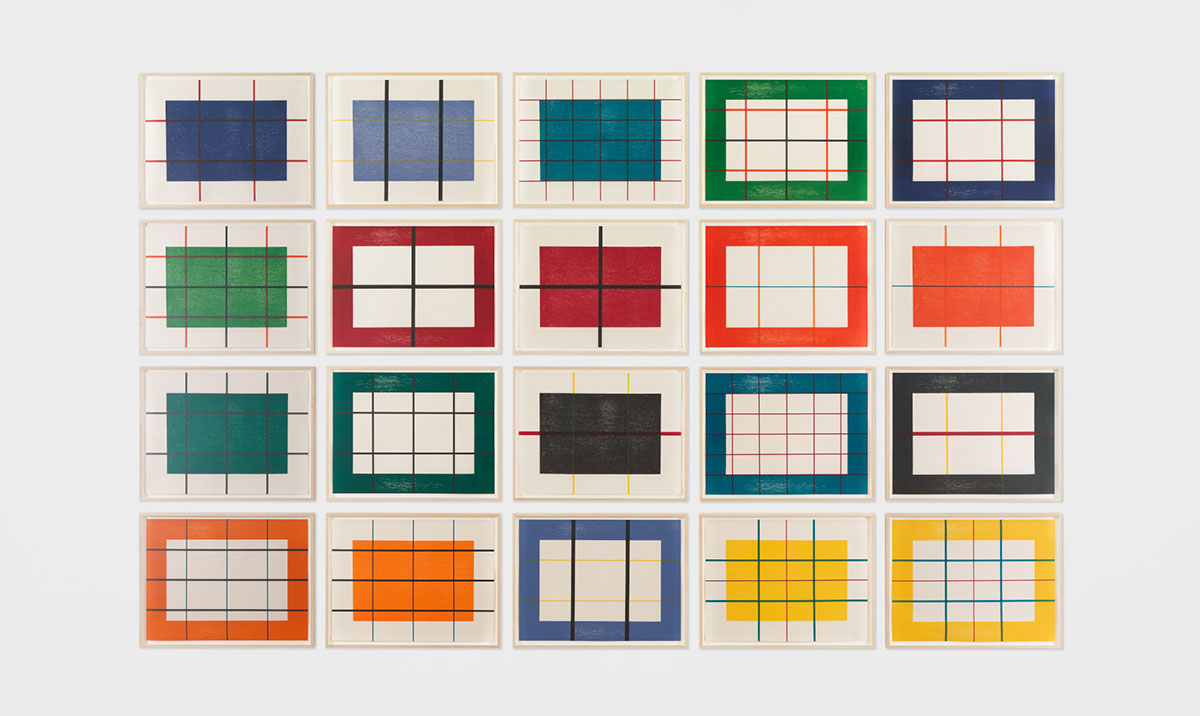ART CITIES: N.York-Donald Judd
Donald Judd’s sculptures and installations helped pioneer mid-20th-century Minimalism. His wall-mounted “stacks,” shelf-like structures, and freestanding multicolored works were made from commercial materials and fabricated in factories. This process complicated traditional ideas about sculpture and fine art, undermining notions of individual authorship, the importance of the artist’s “hand,” and distinctions between art, architecture, and design.
By Efi Michalarou
Photo: Gagosian Archive
An exhibition of works dating from 1965 to 1991 by Donald Judd is on show at two locations of Gagosian Gallery in New York. The exhibition features fifteen of Judd’s objects made with some of his primary materials, including anodized and painted aluminum, galvanized iron, colored plexiglass, and plywood. The works’ carefully considered proportions emphasize their materials’ intrinsic qualities and relationships between part and whole. Judd began as a painter in the 1950s, but by the early 1960s he came to focus on three-dimensional forms. He developed an art that exists on its own determinedly physical terms, removed from notions of metaphor or illusion. To this end, he designated that his works were untitled and originated new terms to describe them, including “wall piece”—a single unit or multiple units designed to hang on the wall—and “floor piece”—a work that stands directly on the floor without a traditional sculptural pedestal. In the New York presentation, two untitled metallic pieces from 1970 and 1979 take the form of wall works in which the horizontal arrangement of cuboidal elements establishes a visual rhythm that alludes to mathematical progression and the interaction of positive and negative space. A bullnosed piece in galvanized iron from 1965 projects unaccompanied from the wall, while an untitled work from 1964–74 features two fluorescent-orange wood elements linked by a piece of blue lacquered aluminum. Four untitled stacks, made between 1980 and 1990, feature ten identical components arranged in a vertical orientation with the space between each unit equal to its height. One is made from galvanized iron and blue plexiglass; the others are in violet, red, and blue anodized aluminum, respectively, with plexiglass elements. The exhibition includes two untitled works from 1991, in which Judd used clear anodized aluminum and colored plexiglass sheets to produce suspended, divided forms that conjure new spatial relations as the viewer moves around them. The black plexiglass sheets overlaid with transparent green in one work and transparent amber in the other lend these outwardly austere constructions an unexpected richness. Also on view in the exhibition is a set of twenty woodcuts, consisting of ten pairs of rectangles and grids. The prints reflect Judd’s most extensive use of color in his printmaking and comprise one of the largest series of prints he made. Each pair has one impression with a printed frame of color and one in which the same color is reversed and printed as the interior space of the frame. Judd was invited by Inkong Gallery, Seoul, to make a set of prints for a forthcoming exhibition for which he selected a local paper, hanji, on which proofs were printed. These proofs, printed by Judd with master printer Robert Arber, were approved by the artist in 1992–93. The full edition, unfinished in 1994, was completed by Arber and Judd Foundation in 2020.
Photo: Donald Judd, Untitled, 1992–93/2020, Set of twenty woodcuts in cadmium red, cadmium yellow, cadmium orange, ultramarine blue, cerulean blue, cobalt blue, permanent green, viridian green, black, and alizarin crimson on handmade Korean paper, 23 5/8 × 31 1/2 inches (60 × 80 cm), Edition of 25, 2 Proofs, 5 AP, 5 PP, 4 Publisher’s Proofs, © Judd Foundation/Artists Rights Society (ARS), New York, Photo: Martin Wong, Courtesy Gagosian
Info: Gagosian Gallery, 976 & 980 Madison Avenue, New York, NY, USA, Duration: 13/5-14/7/2023, Days & Hours: Tue-Sat 10:00-18:00, https://gagosian.com/

Right: Donald Judd, Untitled, 1988, Violet anodized aluminum, in 10 units, 120 x 27 x 24 inches (304.8 x 68.6 x 61 cm), © Judd Foundation/Artists Rights Society (ARS), New York, Photo: Rob McKeever, Courtesy Gagosian



Donald Judd, Untitled, 1991, Clear anodized aluminum with transparent green over black plexiglass, 9 3/4 × 39 1/4 × 9 3/4 inches (24.9 × 99.9 × 24.9 cm), © Judd Foundation/Artists Rights Society (ARS), New York, Photo: Martin Wong, Courtesy Gagosian

